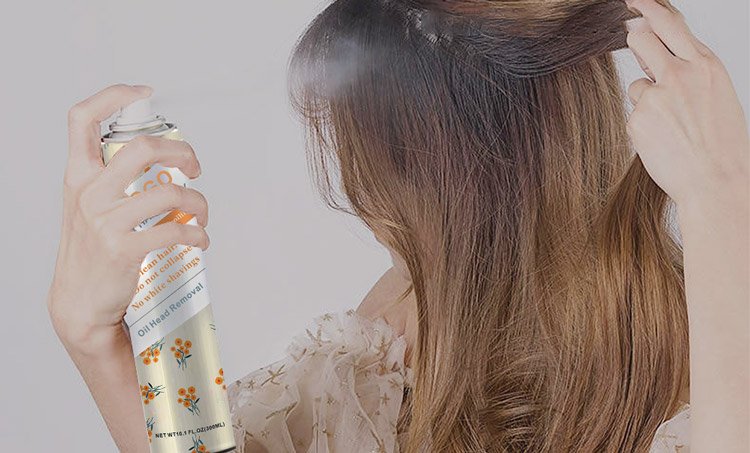Aerosol cosmetics are more and more popular because of their convenience and hygiene.
The common ones are moisturizing spray, sunscreen spray, hair removal spray, etc. You can easily spray it when you work or go out.
Take moisturizing spray as an example. The small drops of water sprayed out contain nutrients, which can replenish skin moisture, form a protective film on the outer layer of the skin, and reduce the damage caused by the external environment.
What’s more, its nozzle design can avoid secondary pollution and is convenient and easy to use. Therefore, more and more people begin to use aerosol cosmetics.

As aerosol cosmetics became popular, cosmetics manufacturers gradually begin to develop aerosol cosmetics.
Professional aerosol cosmetics production and processing plants have strict requirements for the construction of the enterprise’s factory area.
The location, environment, area, and other factors of the factory area construction have a direct impact on the quality of cosmetics.

What are the standards for aerosol cosmetics processing plants?
The production and processing plant needs to meet the following standards, as detailed below:
1. The location of aerosol cosmetics production and processing plant should be located in a clean and tidy area—the surrounding needs to avoid pollution sources that may affect product safety. The cleaner the production environment is, the safer the product filling can be guaranteed.
2. The construction of the cosmetics production and processing plant should use reinforced concrete or steel frame structure to ensure a dry environment and excellent waterproof effect. The planning and construction of cosmetics production and processing plants and equipment can provide greater protection for products, and also facilitate the cleaning and protection of plants.
3. The construction inside the workshop should meet sanitary requirements. The production area and non-production area must have strict barrier areas to prevent pollution of raw materials and cosmetics products. During construction, more investigation and reference should be made to how professional cosmetics production and processing plants are built. According to the needs of practical production, changing rooms, barrier areas, manufacturing rooms, and other production workshops should be set up.
4. The planning and construction of a series of equipment such as the floor, wall, ceiling, doors, and windows of the production workshop in the workshop should be based on the basic principle of easy cleaning. The logistics channel of the production workshop should be wide and unobstructed. The corridor visited by guests should have a glass partition wall with the production area.
5. The equipment for producing aerosol cosmetics must meet the standards. The design and selection of production equipment must meet the requirements of product characteristics and shall not affect product quality. The design and installation of the equipment shall be easy to operate, clean, and disinfect. The materials of all equipment, tools, instruments, pipes, etc. that are in direct contact with raw materials and products shall be confirmed to ensure no chemical pollution, physical pollution, or microbial pollution.
6. Reasonable cleaning and disinfection procedures shall be formulated for aerosol cosmetics production equipment. The surface of production equipment (including auxiliary equipment required for production) in direct contact with the product shall be flat, smooth, free of dead corners, easy to clean, disinfect, and corrosion resistant. The selected lubricant, cleaner, and disinfectant shall not pollute the product or container.
